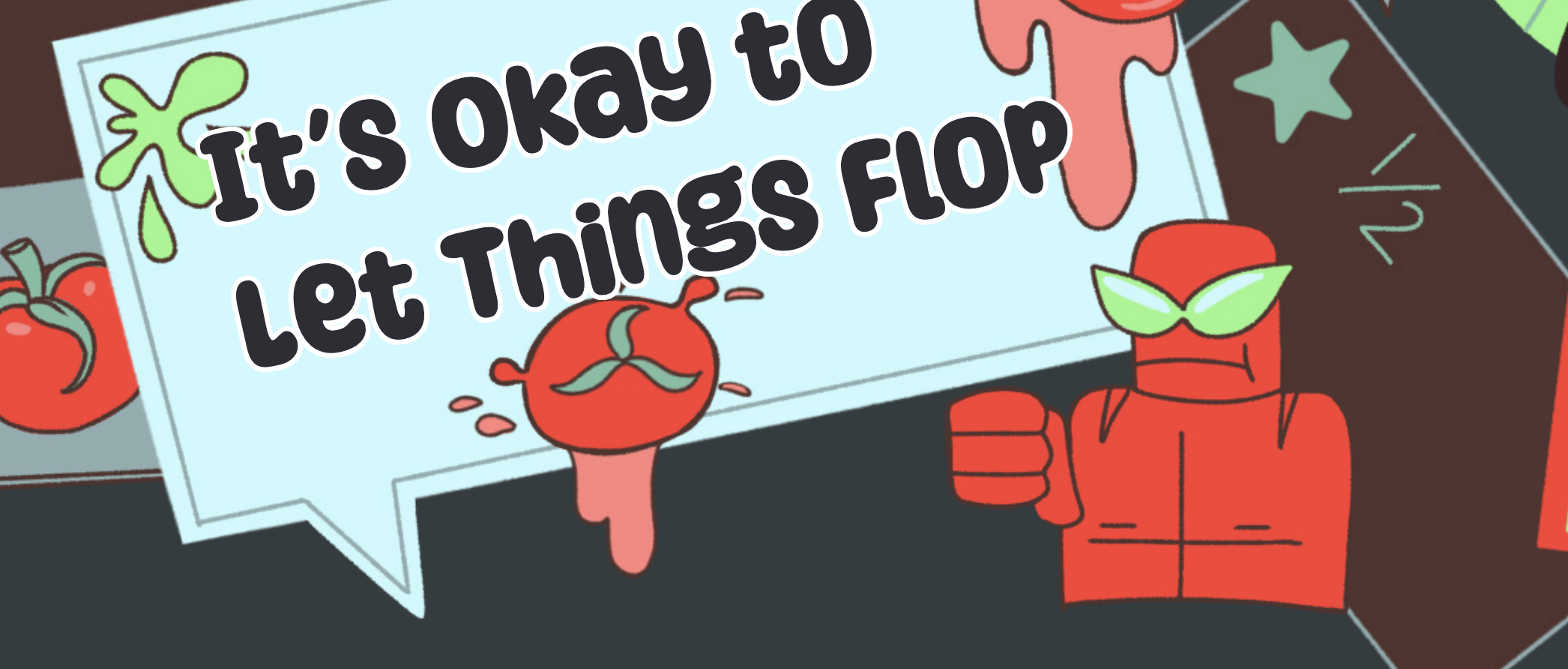
As we all know, art is a completely objective concept and there’s very little if any discourse around it. You see, art is a way of making money. As a matter of fact, art IS money. If it doesn’t make money, then it’s not art. That’s the reason why no profound artistic work has ever been undersold, underrated, misunderstood or just flat out scrapped against better judgement. Yes, everything that succeeds does so for a reason. Who cares if something’s “good” or not, if it fills our pockets then quality is of no consequence!
If, god forbid, you ventured into the mind of a media corporation CEO, you may find ideas like the ones above. The ideology that art can be separated into the categories of “good” and “bad” and that merit is gained through those labels alone is an intellectual battle that’s been raging for centuries — or however long art has existed, which is probably the same amount of time that human consciousness has existed. It’s not a new concept. But nowadays we’re faced with a new way of quantifying art as “profitable” or “unprofitable.” This wasn’t always the case, but now that capital is king it’s something that all artists must consider when creating their work.
All of this is to say, art can be difficult to assess sometimes. Lots of folks enjoy arguing about it, hell, some folks dedicate their entire lives to arguing about it, and yet we still don’t have anything close to a definitive answer on what makes art “good,” and how (or if) that guarantees its commercial success… or do we?
I’d argue that the quality of something and its likelihood of success are so unrelated to one another that it’s a wonder why we equate the two at all. I’m sure that many reading this have an array of examples of creative works in their mind that were unrightfully snubbed in some way, whether it be critically, financially, or otherwise. Some that come to mind are Disney’s “Treasure Planet” and the finished and unreleased “Batgirl” film that was supposed to hit HBO Max in 2022. “Treasure Planet” got terrible box office returns but overall positive critical reception (that sadly didn’t save it), and “Batgirl” was canceled before it was even released. These scenarios occur all too often and will put a nail in the coffin of a piece of art before it even has a chance to live. Alternatively, there are pieces of art that succeed on every front despite their unconventional aesthetics. One such example, a tactical first-person shooter game called “Cruelty Squad,” is by all means painful to look at. The colors clash, the text is difficult to read at times, the music can be just plain off-putting, and the textures make your eyes feel like they’re licking sandpaper. And it’s fantastic. The gameplay is fun and every ounce of the game drips with style and intent. “Cruelty Squad” was received with overwhelming positivity and continues to be a beloved addition to the immersive sim genre.
So how could a project like “Cruelty Squad” outperform two ambitious pieces of media like “Treasure Planet” or “Batgirl?” Well, part of it is scale. The more money you put into a creative project, the higher of a gamble it is to make that money back. Take DC’s “The Flash” for example. The film cost $225 million to make and $150 million to market, bringing its cost to a whopping $375 million. The film ended up losing $200 million at the box office, making it the largest financial failure of any superhero film to grace theaters. It begs the question of why we keep creating works of art that cost more money than any general member of the working class will ever see in their lifetime, yet consistently shut down smaller scale projects when they aren’t guaranteed to immediately bring in immense profit.
This brings me to the gnawing question I have for both the entertainment industry and the creative world at large: when has the most impactful art ever been profitable? When you think of the art that really sticks in the public’s mind, the controversial stuff, the complicated stuff, it’s never the art that actually brings in money. Weird side-projects made by supposed nobodies, things made for a very specific audience or sometimes no audience at all, things that make us uncomfortable, things that make us confront the human experience at its core. These are the kinds of works that change people, but they aren’t the kinds of works that make money, so they often fly under our radar. My question is why? Why are we letting capital dictate what succeeds and what doesn’t? Why do powerful works of art often fade into obscurity while some of the most generic, transparent works of art revel in commercial success? I want to live in a world where creative works can be made without having to sell themselves. Humans were blessed with the wonderful urge to create; we just can’t help ourselves. And regardless of how people feel about artistic movements like Surrealism, Constructivism, Dada, or any other controversial era in art history, those artworks exist. Whether we complain about them or sing their praises, they continue to exist independently of our opinions. I wish the moguls that control the art and entertainment industries would understand that capital isn’t a very good indicator of quality. Has it occurred to them that artists tell stories not to turn a profit, but to simply… tell a story? It’s human nature. It’s like some of us have a little time bomb in our brains that says, “I need to make this thing real or I’ll die,” for no other reason than us simply wanting to make it real. I’m not out here writing a self-published novel or making paper puppet stop-motion animations because it’s profitable! I’m doing it because my brain yells at me to make the things living inside of my head tangible in some way! I can’t explain it beyond that!
My extraordinarily long-winded point is this: let people make stuff that fails. Failure can be a lot of fun, it’s the entire reason that things like The Golden Raspberry Awards exist. We should be able to confidently point at a thing that sucks and say “Hey! I made that!” and have everyone clap for us anyway. Humans are going to create things of varying quality regardless of the money we do or don’t make from it, so why put all the focus on profit? Let artists be the freaky little weirdos that nature intended us to be. This world doesn’t have a finite amount of space for art, so let it happen.

Comments